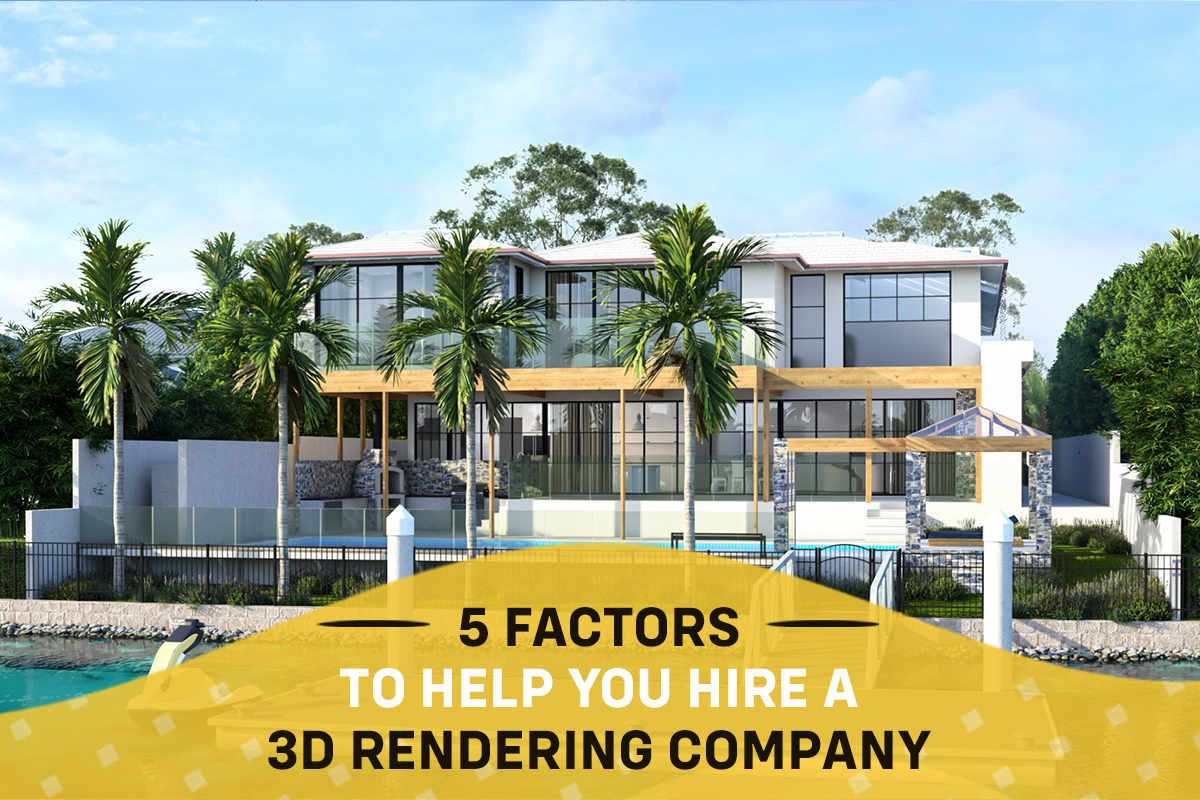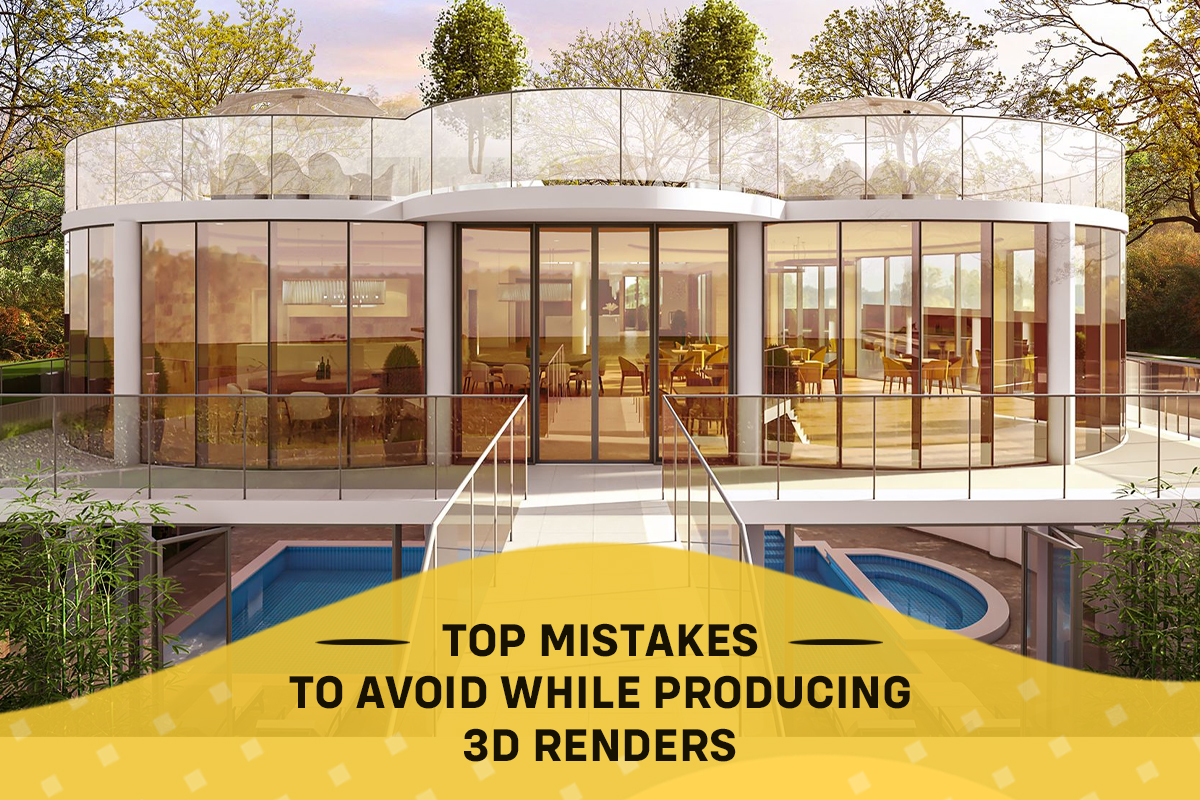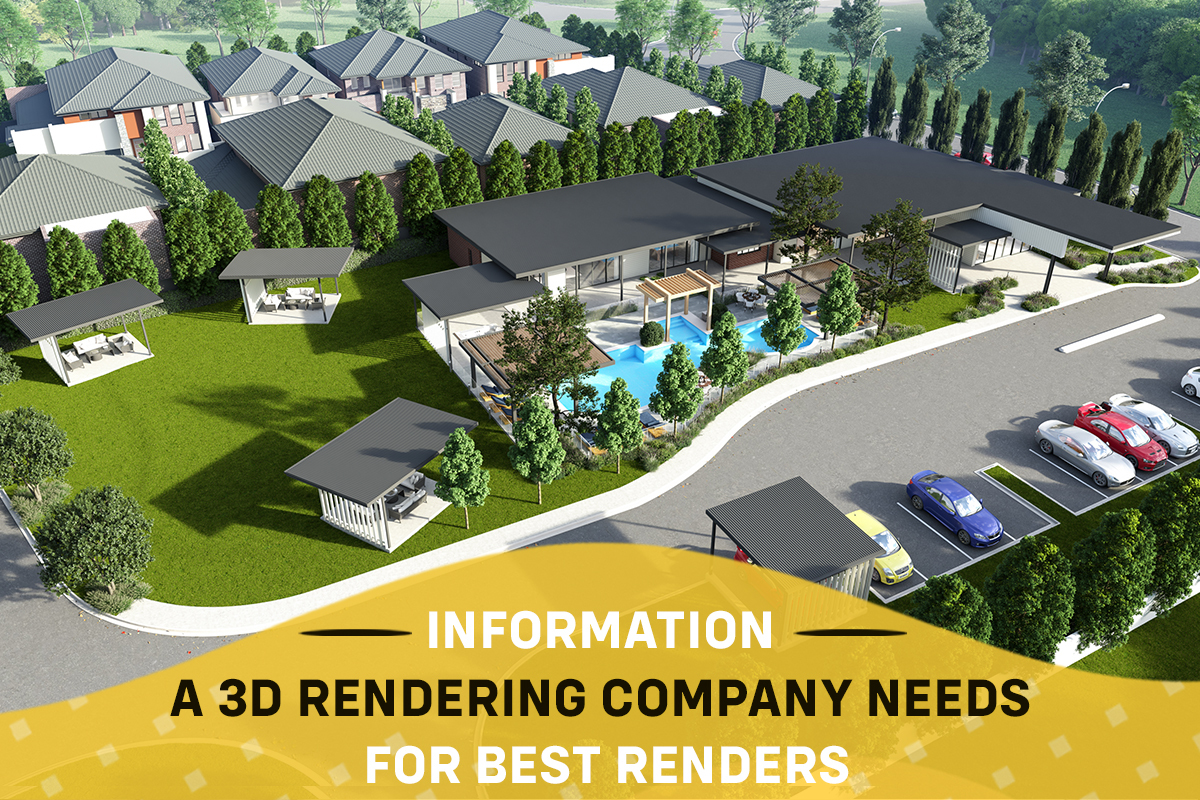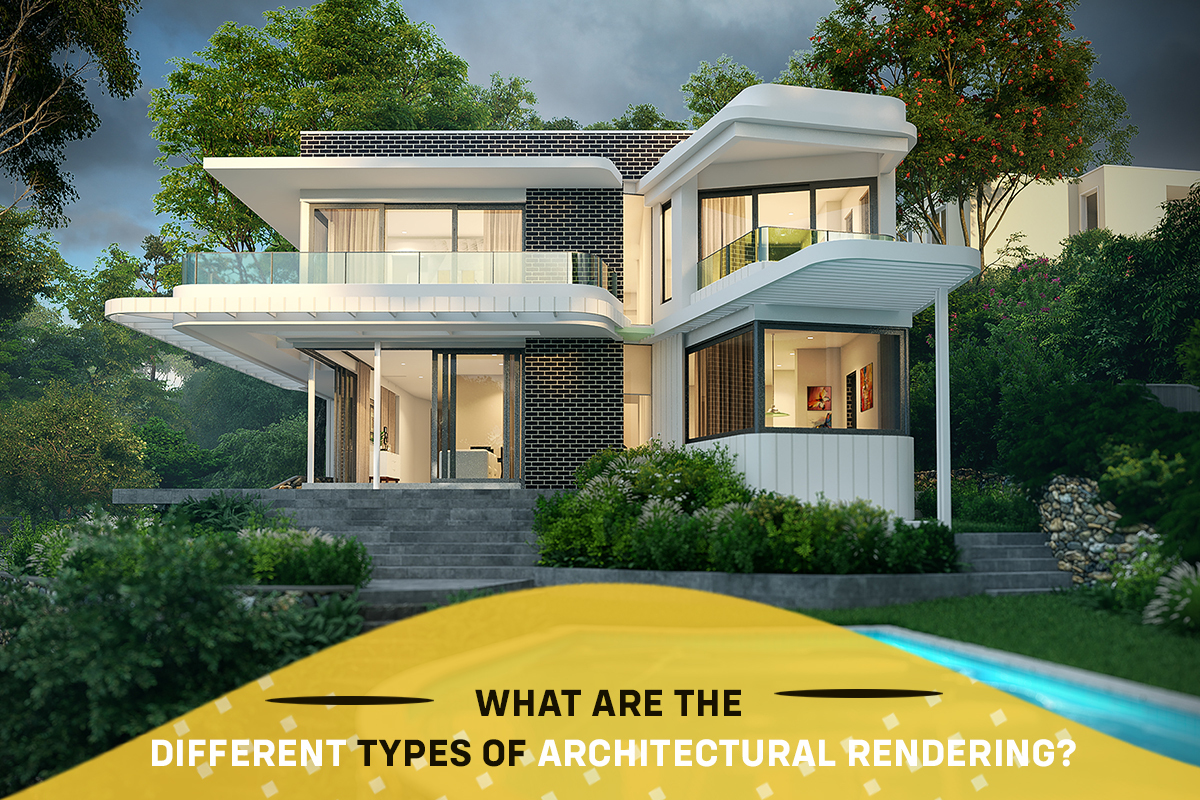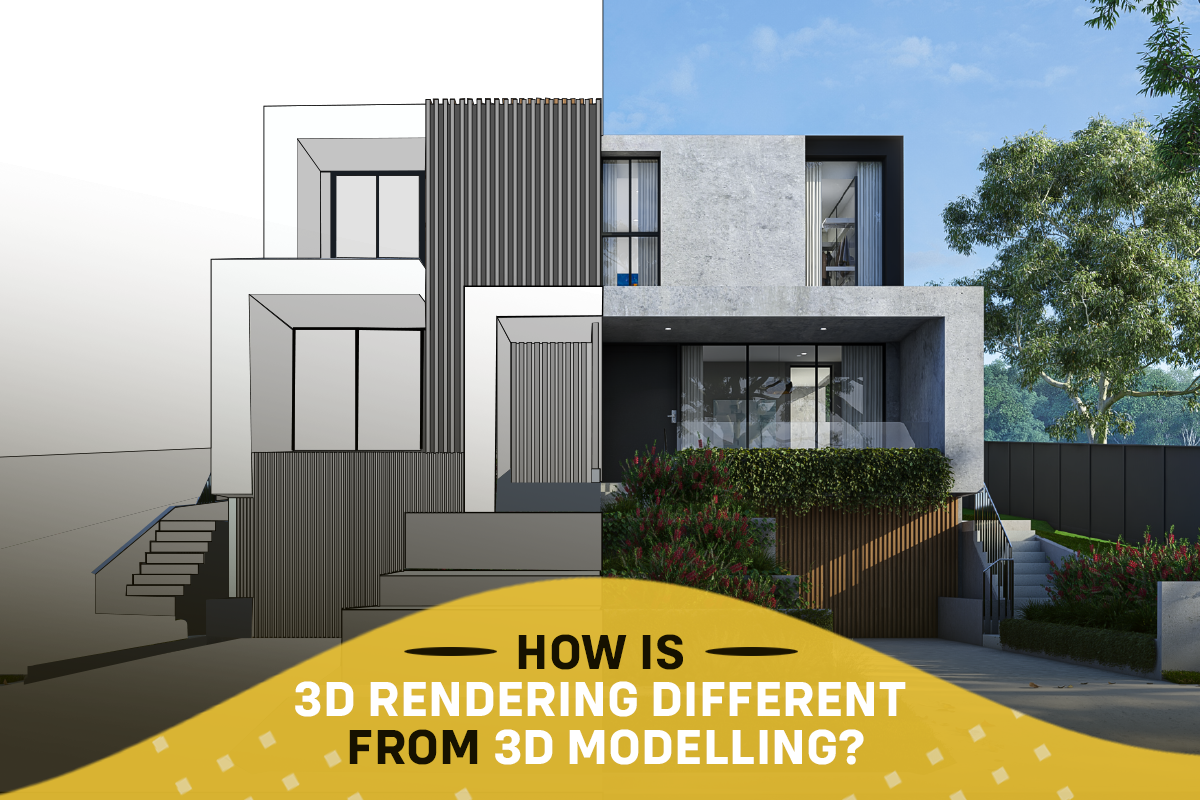With the rise in 3D rendering technology, there are a number of 3D rendering companies out there. By 2026, the market for 3D rendering is projected to be worth $9 billion, up from $2 billion back in 2019. Sometimes too many choices make it harder to zero in on one and select the provider that is best suited to your needs.
So how do you go about choosing the best 3D rendering company? Let’s find out!
How to Select the Best 3D Rendering Company
It’s easy to get lost and confused with a ton of 3D rendering companies springing up all over the world. Don’t reach for your wallet just yet. A bit of research will hold you in good stead.
Quality Check
Do not negotiate on quality. Underwhelming 3D rendering will not be satisfying no matter how good of a deal you get. Scour a potential company’s website and socials to get an idea about their quality. High-quality renders include:
Photorealistic renders
The image must have realistic reflections and shadows, as well as the textures and complexities of different materials and surfaces and their rendering capabilities.
Accuracy
Precise object proportions are vital. The smallest deformation could mar the effect or potentially result in errors in the final product.
Detail-oriented
Novices may struggle to produce the proper detailing that a 3D rendering calls for. High-resolution and well-lit renders are a must to eliminate the possibility of missed errors.
Lighting
How many light sources are needed? Which ones are natural, artificial, or a combination of both? Expert 3D renderers will know just how to showcase the product’s features and create the right mood in terms of marketing.
Read: A Complete Guide to Check Quality of 3D Rendering
Once you’re done with the quality, the next step is definitely meeting the deadlines.
Meets Deadlines
A typical rendering job takes no more than 4 days to a week. Achieve a precise timescale by considering individual project requirements, as well as the fact that high-end complex rendering requires high computer-processing power available at render workstations. Render workstations are a set of networks working together to compute light effects to produce a high-resolution image.
We recommend going for 3D rendering companies that provide architectural rendering, a fact that is likely to better the efficiency of the project.
Reiteration Policy
No matter if you hire the Picasso of 3D rendering, minor edits are normal — a fact that the best 3D rendering companies are prepared for. Ensure that the 3D rendering agency you pick allows multiple, if not unlimited iterations until you get perfection.
Remember the most efficient companies get it right within a few iterations itself.
Read: Essential Tips for Choosing the Right 3D Rendering Company
Total Services
A dedicated 3D rendering company must have a comprehensive range of services that can be tailored to meet your specific requirements. Check out their service listings on their website, social media, etc. to get an idea about the types of solutions they provide.
Opt for 3D rendering services that include architectural rendering, interior 3D rendering, panoramic rendering, and more. Even if you only require a single service, a 3D rendering company that provides all these services is likely to have an array of different solutions to aid your project.
Price Tag
Pricing for 3D rendering services is very much dependent on a combination of factors. A high-quality 3D still render can cost anywhere from $1,000 to $6,000 – and that’s just an estimate. Depending on the project, company, and area, it can go well above or even below.
If money is an issue, look for smaller businesses that provide individualized services. They are equally adept in digital art and production, ensuring that your project retains quality and consistency.
You are bound to run into the need for 3D rendering in the upcoming future whether you are a small restaurant owner or run a multinational business conglomerate. Ensure that you choose the service provider that fits your needs like a glove, using the points mentioned above. But in case you don’t want to look too far, we’ve got you covered!
Read: 7 Undisputed Reasons Hiring 3D Interior Design Services Are Worth It!
At Render Visuals, we deliver a wide range of 3D rendering services including architecture, to help bring your clients’ dream projects to life. Connect with us on www.rendervisuals.com.au or contact us at +61 -406822061/ 488805395 to know more!

